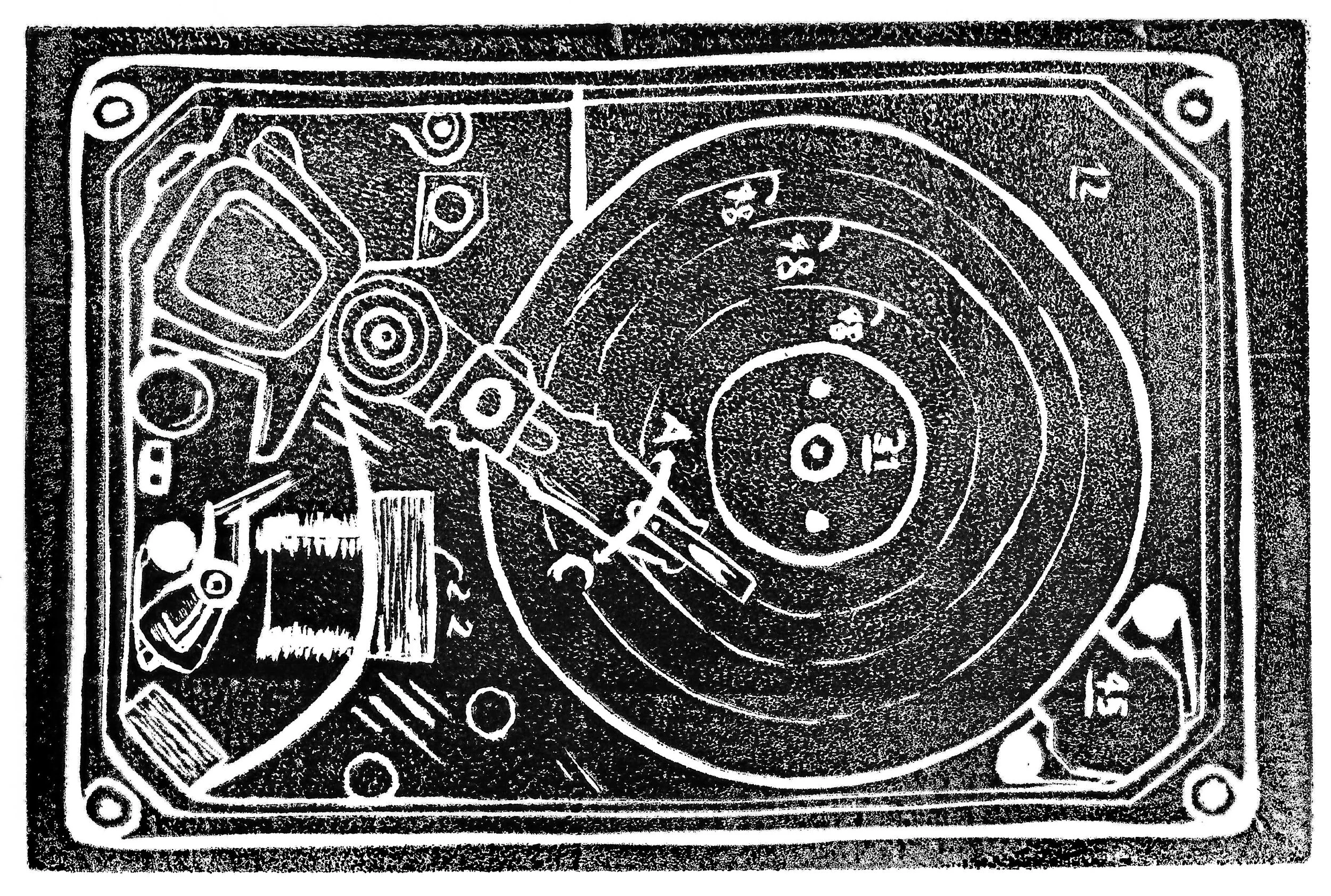The ability to create, and to become better at creating, is implicit in the nature of the brain’s neural network. As one approaches the peak of efficient work and cerebral focus, creativity becomes a self-sustaining process: the flow of ideas morphs into a rapid current that carries the creator and maximizes both the pace of the work and the enjoyment that comes with it. We all seek to innovate in such a way, but how do we achieve this level of creation on a regular basis?
All in Education & Schooling
Computer-Aided Design
When I was an engineering student I took three CAD classes, mostly because they were fun. When I was the director of engineering at ATL, CAD was at the center of all our detailed design work. It was indispensable to our engineering. When I became a professor, however, my appreciation for CAD slowly and unconsciously faded. Luckily, a new university assignment has put CAD back on my radar and my appreciation for it is greater than ever.
Mechanical Design
As someone who loves design of all kinds, it can be easy to get carried away and lose track of where I, as a mechanical engineer, fit in the design world. For me it is important to understand what makes mechanical design different than any other kind of design. Understanding this puts me in a better position to know how my specific training and design decisions can affect the world.
Lenses to Interpret the Visual Form of Products and Why it Matters
Lenses are useful to focus and bend light. In design, metaphorical lenses can likewise focus our attention and bend our design towards various essential factors.
Getting the Most out of Digital Calipers
If your job involves product or part geometry, I believe you should own and use a pair of digital calipers. They are one of the most important measurement tools to access the details of the geometry you’re working with. Even if your job is purely theoretical, it can be helpful to simply use the calipers to visualize the size and scale of features you’re specifying or being asked to work with.
Design in Data Figures: Absolute Versus Relative Scales
The right scale can make all the difference in the world when it comes to appropriate data figures. This is one article in a series of techniques and practices for designing good figures and visualizations.
Design in Data Figures: Dealing with Occlusion
Communication with data figures can be a large part of design. This is the beginning of a series of techniques and practices for designing good figures and visualizations.
Eight things the best students know
Here’s what the good students seem to know, and that I wish everyone knew.
3 Things CAD Beginners Should Do
Sure, the world we live in has three dimensions that we work and live in on a regular basis. But as soon as you face that computer screen, the mind tends to snap straight to its default 2D mode.








